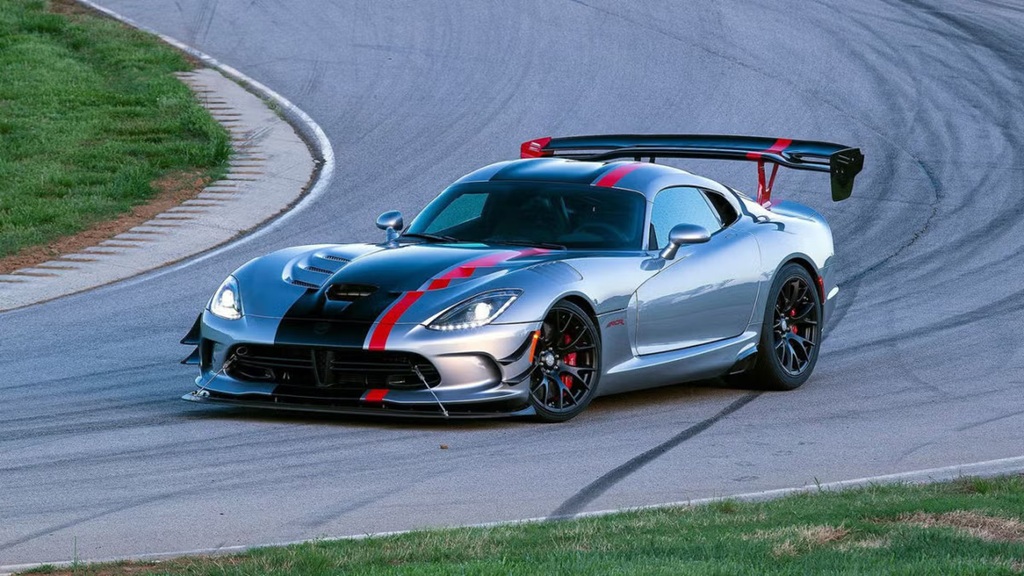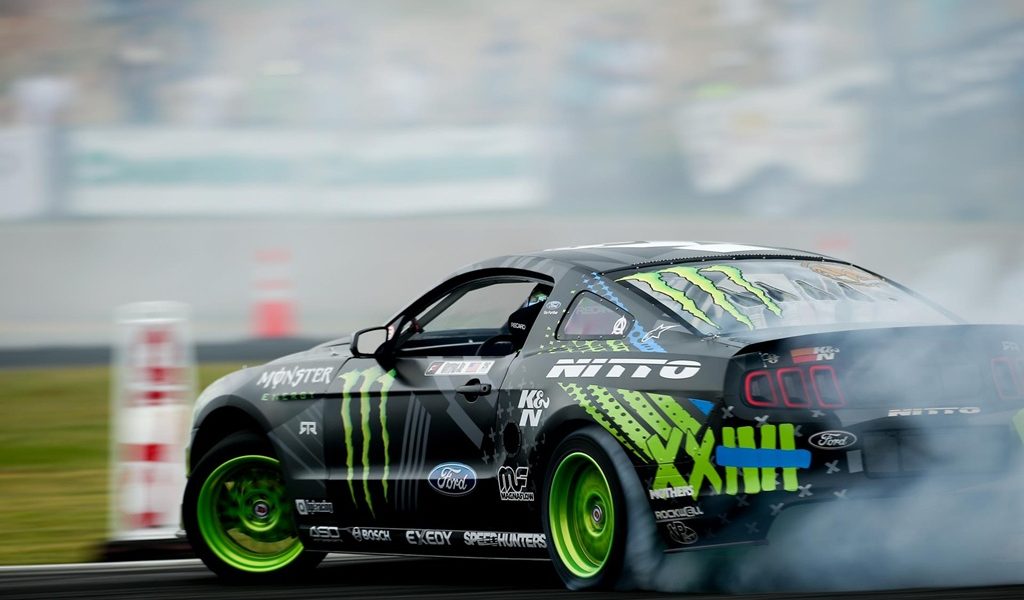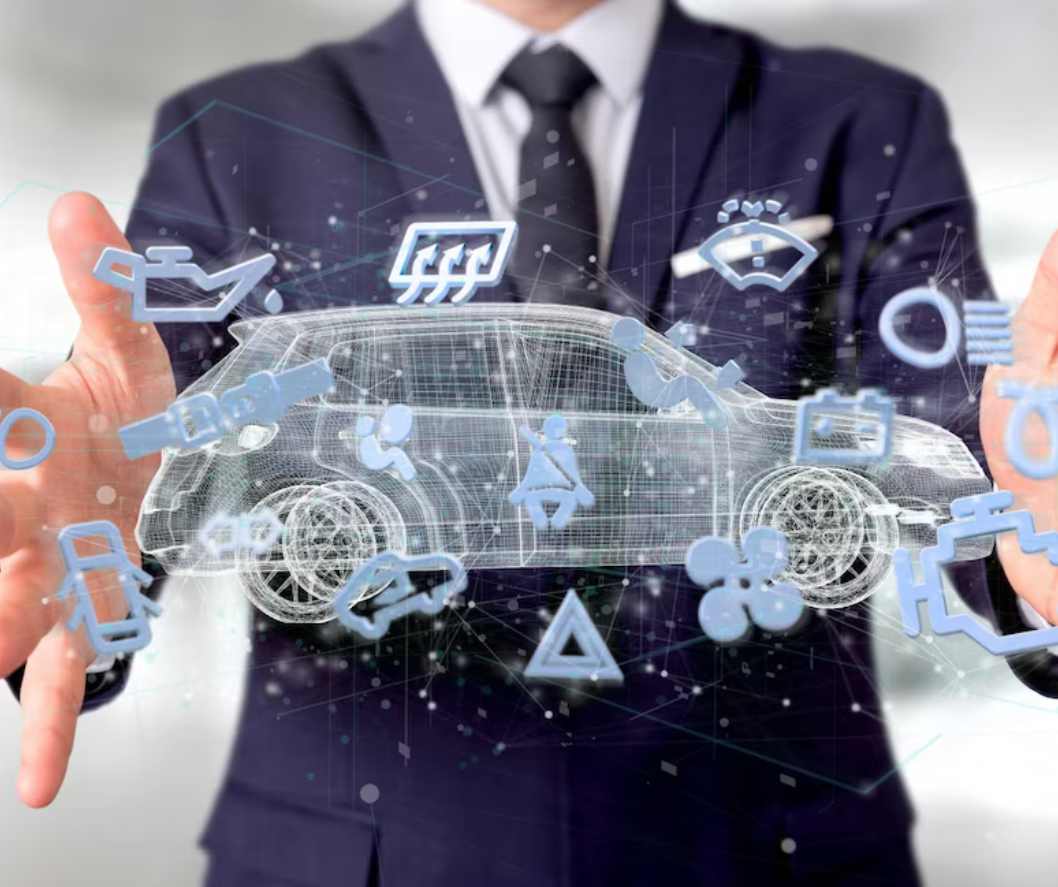There’s something inherently thrilling about automotive stunts. The roar of an engine pushed to its limits, the screech of tires fighting for grip, and then, that heart-stopping moment of defying gravity. Among the most iconic and visually spectacular of these feats is the 360 rolling car stunt. It’s a display of precision, power, and raw courage that leaves audiences breathless. But what exactly goes into making a car seemingly dance through the air, completing a full rotation before landing on its wheels, ready for more action?
This isn’t just about a remote-controlled toy car doing flips – we’re talking about real vehicles, with real drivers, executing calculated maneuvers that blend physics with fearless performance. From the silver screen to live arenas, the 360 rolling car has become synonymous with automotive acrobatics, pushing the boundaries of what’s possible on four wheels.
What is a 360 Rolling Car? The Physics of Flipping
At its core, a 360 rolling car stunt involves a vehicle completing a full rotation (360 degrees) along its longitudinal axis, often referred to as a “barrel roll.” While the term “360 roll” can sometimes be conflated with other rotational stunts like a corkscrew (which involves both rolling and yawing motions) or a simple flip (which might not complete a full rotation or land upright), the true 360 roll is a controlled, deliberate rotation.
The mechanics behind this astonishing act are a delicate interplay of physics. It’s not just about brute force; it’s about applied momentum, carefully managed center of gravity, and precise timing. Stunt drivers often utilize a specially designed ramp or a sudden change in terrain to initiate the roll. As the vehicle hits the ramp at a specific speed and angle, the ramp’s inclination translates the car’s forward momentum into rotational energy. The driver’s steering and throttle input become critical in controlling the rate and direction of the spin, ensuring the car completes the full rotation and, ideally, lands back on its wheels.
Think of it like a perfectly thrown football or a gymnast executing a flawless flip – every element, from the initial push-off to the final landing, is meticulously planned and executed.
The Irresistible Appeal of the 360 Roll
Why do we find ourselves so captivated by a car tumbling through the air? The appeal of the 360 roll is multi-faceted:
- Spectacle and Entertainment: It’s an inherently dramatic visual. The unexpected sight of a car rotating mid-air is a powerful draw, creating an instant “wow” factor that’s hard to replicate.
- Skill and Precision: Beyond the visual, there’s an appreciation for the immense skill required. It’s not random chaos; it’s a testament to the driver’s mastery over their vehicle, often executed with breathtaking precision.
- Adrenaline Rush: For both the performers and the audience, there’s an undeniable adrenaline rush. The inherent danger, even with extensive safety measures, adds to the excitement, making every successful execution a triumphant moment.
- Pushing Boundaries: These stunts represent the pinnacle of automotive control, pushing vehicles and drivers to their absolute limits and showcasing what can be achieved beyond conventional driving.
Where These Epic Flips Come to Life
The 360 rolling car stunt has found its home in various forms of entertainment, each showcasing its unique impact:
- Action Movies and TV Shows: This is perhaps where the 360 roll gained its most widespread fame. Iconic scenes often feature vehicles performing seemingly impossible aerial maneuvers. One of the most legendary examples is in the 1974 James Bond film, “The Man with the Golden Gun,” where a modified AMC Hornet performs a spectacular corkscrew jump (a variation of the roll) over a river, a groundbreaking stunt for its time. Another memorable instance, though a barrel roll during a crash, is in “Casino Royale” (2006), where James Bond’s Aston Martin DBS performs multiple barrel rolls, setting a Guinness World Record for the most intentional barrel rolls in a vehicle. These cinematic moments, while sometimes enhanced with visual effects, are often rooted in meticulously planned practical stunts.
- Stunt Shows and Live Events: From the high-octane energy of Monster Jam to dedicated stunt driving showcases, the 360 roll is a staple. Live audiences get to witness the raw power and skill up close, feeling the rumble of the engines and the wind generated by the spinning vehicles. These events highlight the real-time execution and the immense coordination of the stunt teams.
- Video Games and Simulators: The excitement of the 360 roll has seamlessly transitioned into the digital realm, allowing players to experience the thrill of performing such stunts without real-world risk. Racing games and open-world titles often feature mechanics that encourage players to attempt impressive flips and rolls.
- Professional Stunt Driving Competitions: While less common than general entertainment, some competitions focus purely on the technical mastery of stunt driving, where the precision and artistry of maneuvers like the 360 roll are judged.
The Art and Science of Execution: More Than Just a Spin
Performing a 360 rolling car stunt is far from a spontaneous act. It’s a complex process involving extensive preparation, honed technique, and unwavering commitment to safety.
Preparation: Building for the Roll
Before a car even approaches a ramp for a 360 roll, significant preparation takes place:
- Vehicle Modifications: Stunt cars are purpose-built machines. They are often equipped with reinforced chassis and specialized roll cages to protect the driver and maintain structural integrity during the impact of a roll. The suspension might be modified to handle extreme landings, and the center of gravity might be strategically altered. For certain types of rolls, internal weighting might be used to influence the car’s rotation.
- Safety Equipment for Drivers: The driver’s safety is paramount. This includes full racing suits, helmets, five-point harnesses, and neck restraints. Fire suppression systems within the vehicle are also common.
- Choosing the Right Car: While many cars can be modified, certain vehicles lend themselves better to stunt work due to their weight distribution, power-to-weight ratio, and overall robustness.
Technique: The Moment of Truth
The execution of a 360 roll is a symphony of coordinated actions:
- Speed and Approach Angle: The car must approach the ramp at a precise speed and angle. Too slow, and it won’t gain enough rotational energy; too fast, and it could over-rotate or destabilize.
- Using Ramps or Specific Terrain: While some rolls can be initiated by striking an obstacle or performing a highly aggressive turn, the most controlled 360 rolls often utilize specially designed ramps. These ramps are engineered to impart the necessary rotational force.
- Steering and Throttle Control: As the car leaves the ramp, the driver’s input becomes critical. A precise steering input at the moment of lift-off, combined with throttle control, dictates the speed and axis of the roll. The goal is a clean, controlled rotation.
- Recovery and Landing: The most challenging part is often the landing. The driver must anticipate the car’s orientation and be prepared to correct it, absorbing the impact and maintaining control as the wheels hit the ground. Specialized suspension and tire choices aid in this recovery.
Related: Will a Ferrari 360 Go Up in Value? Examining the Crystal Ball of Collectible Cars
Risks and Safety Measures: A Calculated Danger

Despite the glamour, stunt driving is inherently dangerous. Every 360 roll carries significant risks:
- Potential Injuries to Drivers: Even with the best equipment, drivers can sustain injuries from impacts, whiplash, or unexpected landings.
- Vehicle Damage: Cars used for stunts are often heavily damaged, and multiple takes can lead to significant wear and tear.
- Crowd Safety: In live shows, ensuring the safety of the audience is paramount, with strict exclusion zones and barriers.
To mitigate these risks, a rigorous safety protocol is followed:
- Extensive Training and Certifications: Professional stunt drivers undergo years of rigorous training, learning precision driving, vehicle dynamics, and emergency procedures. They often hold specific certifications.
- Thorough Risk Assessment and Planning: Every stunt is meticulously planned, analyzed for potential hazards, and rehearsed multiple times, sometimes with dummy vehicles or scale models. Stunt coordinators oversee every aspect of the process.
- Dedicated Safety Crew: A team of mechanics, medical personnel, and safety observers are always on standby during stunt performances.
Behind the Scenes: The Unseen Heroes
While the driver is in the spotlight, the world of stunt driving is a team effort. Behind every epic 360 roll is a dedicated crew:
- Stunt Coordinators: These highly experienced professionals design and choreograph the stunts, ensuring their feasibility and safety.
- Mechanics and Fabricators: They are responsible for modifying, maintaining, and repairing the highly specialized stunt vehicles.
- Safety Personnel: From paramedics to fire marshals, a safety team is crucial for immediate response in case of an incident.
Their collective passion for pushing boundaries and meticulous attention to detail are what make these incredible feats possible.
Related: The Rise of Car Culture: A Journey Through Time
The Evolution of the 360 Roll and Beyond
The concept of automotive acrobatics has been around for decades, evolving with technological advancements and cinematic demands. Early car stunts were often more rudimentary, relying on simple jumps and crashes. However, as vehicle technology advanced and filmmaking techniques became more sophisticated, stunts like the 360 roll became increasingly refined. The advent of computer simulations has also played a role, allowing stunt teams to virtually test and refine maneuvers before attempting them in the real world.
The future of the 360 roll and other extreme car stunts promises even more innovation. As electric vehicles become more prevalent, their unique torque delivery and weight distribution could open new avenues for stunt design. Autonomous driving technology, while seemingly counter-intuitive to stunt work, might even be integrated to achieve previously impossible levels of precision.
Conclusion: A Blend of Art, Science, and Daring
The 360 rolling car stunt stands as a powerful testament to human ingenuity and daring. It’s a captivating blend of mechanical engineering, applied physics, and the extraordinary skill and courage of stunt performers. From the adrenaline-pumping moments on screen to the electrifying atmosphere of live shows. These epic flips continue to amaze and inspire.
More than just entertainment, the 360 roll embodies the relentless pursuit of pushing limits, reminding us that with enough precision, preparation, and passion, even the most gravity-defying feats can become a reality. So the next time you witness a car gracefully rotating through the air. Remember the art, the science, and the sheer audacity that brings these epic stunts to life.





